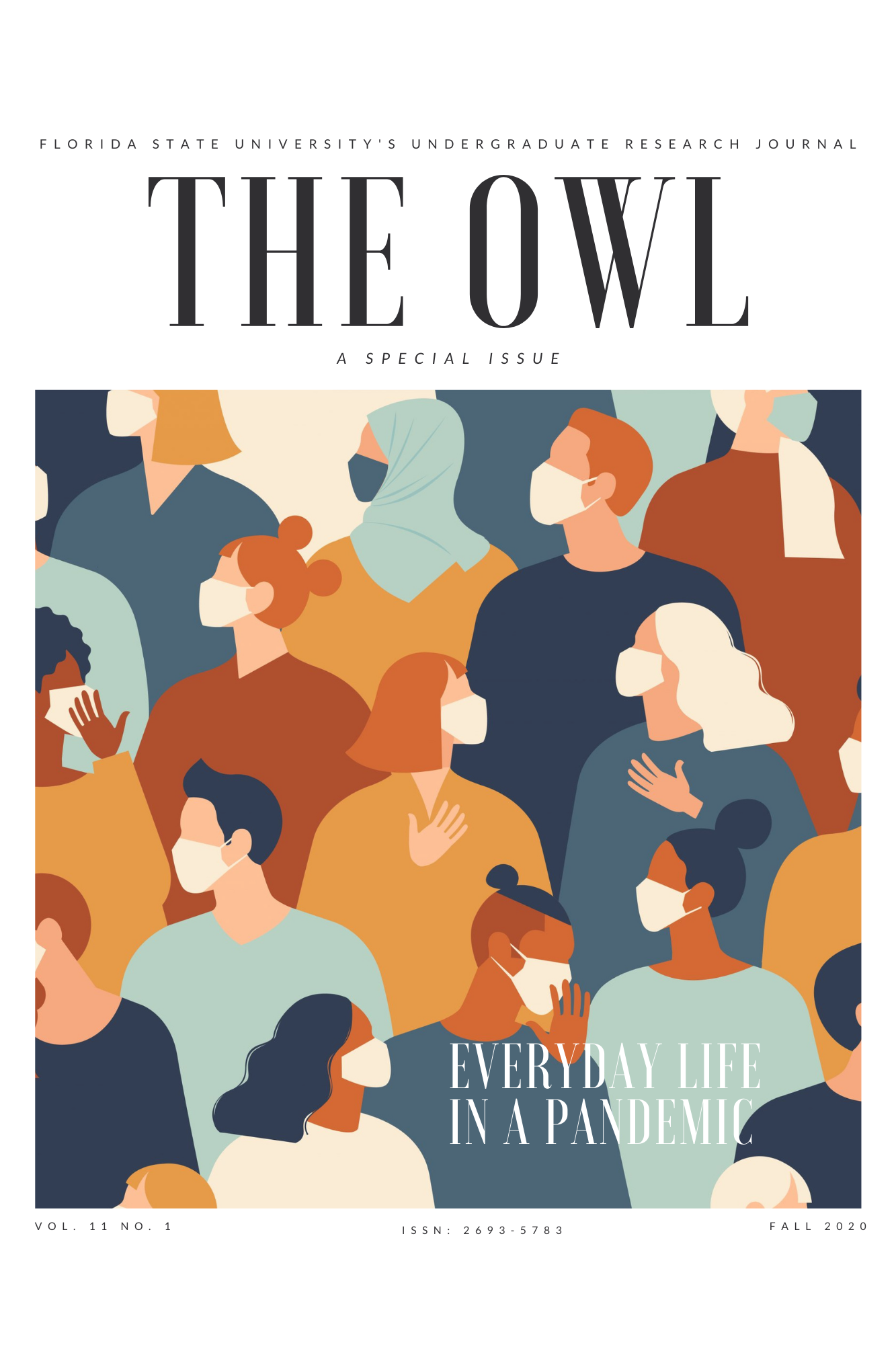Exemplifying the Panopticon
A Case Study on Modern Hospital Architecture
Abstract
Over the years, healthcare as an institution has increasingly become regulated to the point where surveillance has become the norm (Fraile et al., 2019). The naturalization of such guarded practices has produced asymmetrical power relations wherein providers subject their patients to what Michel Foucault refers to as the ‘medical gaze,’ reducing their individuality to a mere summation of illnesses (Foucault, 1980). These normalized mechanisms designed to check patient-provider interactions extend to both the users’ habits and spaces in such clinical settings. This study aims to show how the modern-day hospital ward exemplifies the concept of the Panopticon – an architectural configuration designed for surveillance and social management (Evans, 1971). This study will not delve into the ethics of asymmetrical power relations and ascribed subjectivities to both patients and providers, rather it will examine how the phenomenon of the Panopticon is (re)created in an everyday venue such as the hospital. In order to demonstrate the influencing effect of hospital architecture on its users, ethnographic photography was used in coding the different features of hospital spaces such as patient wards and waiting rooms. The results yielded by this study serves as preliminary insight on how the actions and (inter)actions of providers and patients in hospitals are affected by architecture. Understanding these implications can help in the continuous reform of healthcare as a patient-centered institution.
Downloads
Published
Issue
Section
License
All works published in The Owl are published under a Creative Commons Attribution, Non-Commercial, Share-Alike (CC-BY-NC-SA) license. The author retains copyright.

